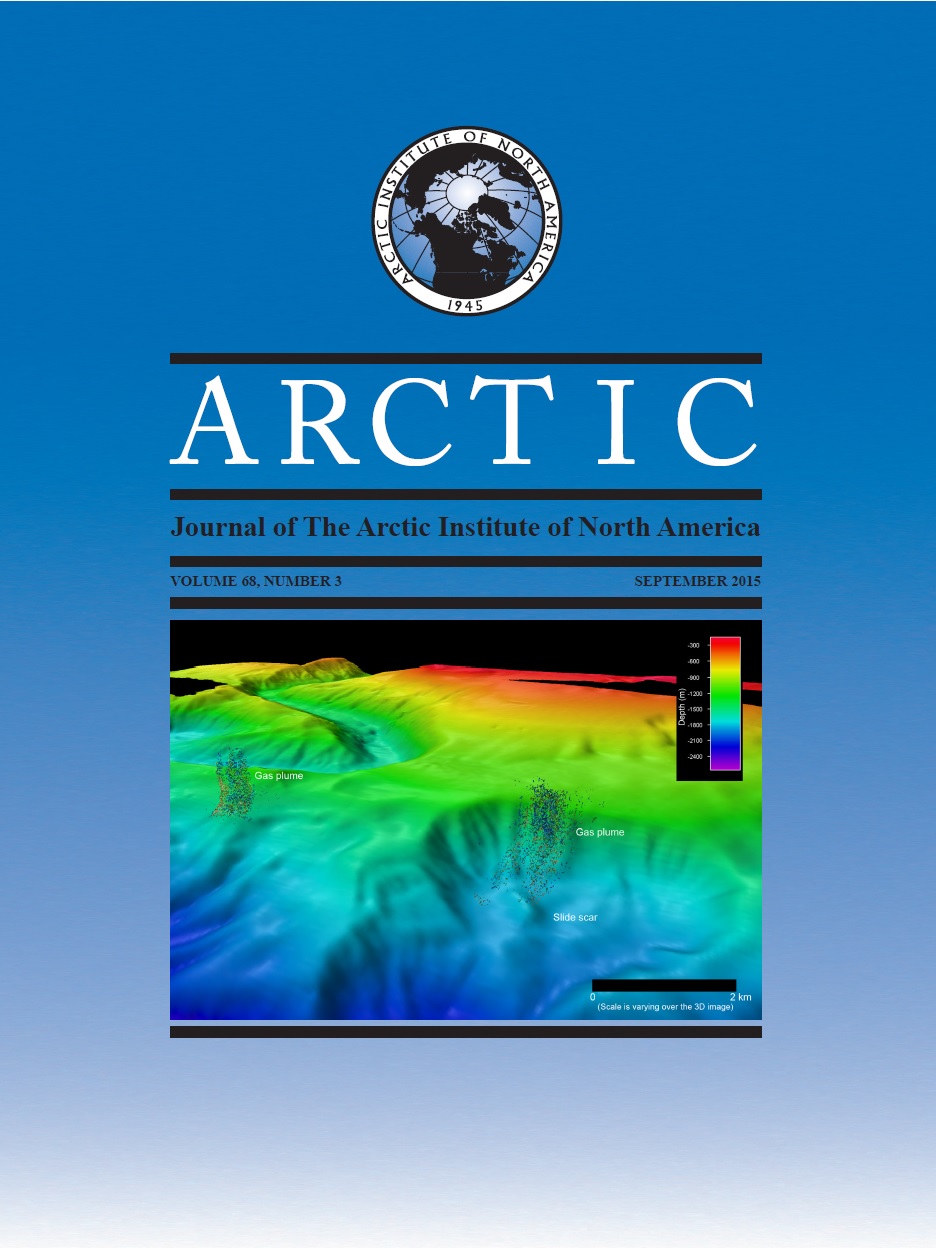Coordination and Sustainability of River Observing Activities in the Arctic
DOI:
https://doi.org/10.14430/arctic4448Ключевые слова:
Arctic, river, discharge, chemistry, observing network, monitoringАннотация
To understand and respond to changes in the world’s northern regions, we need a coordinated system of long-term Arctic observations. River networks naturally integrate across landscapes and link the terrestrial and ocean domains. Changes in river discharge reflect changes in the terrestrial water balance, whereas changes in water chemistry are linked to changes in biogeochemical processes and water flow paths. Sustained measurements of river water discharge and water chemistry are therefore essential components of an Arctic observing network. As we strive to establish and sustain long-term observations in the Arctic, these two measurements must be coupled. Although river discharge and chemistry measurements are already coupled to some extent within national boundaries, this is not done in a consistent and coordinated fashion across the pan-Arctic domain. As a consequence, data quality and availability vary widely among regions. International coordination of river discharge and chemistry measurements in the Arctic would be greatly facilitated by formal commitments to maintain a set of core sites and associated measurements that are mutually agreed upon among pan-Arctic nations. Involvement of the agencies currently operating river discharge gauges around the Arctic and establishment of an overarching coordination entity to implement shared protocols, track data quality, and manage data streams would be essential in this endeavor. Focused studies addressing scale-dependent relationships between watershed characteristics and water chemistry, in-stream processes, and estuarine and coastal dynamics are also needed to support interpretation and application of Arctic river observing data as they relate to land and ocean change.Скачивания
Данные скачивания пока недоступны.
Загрузки
Опубликован
2015-01-25
Выпуск
Раздел
Articles


